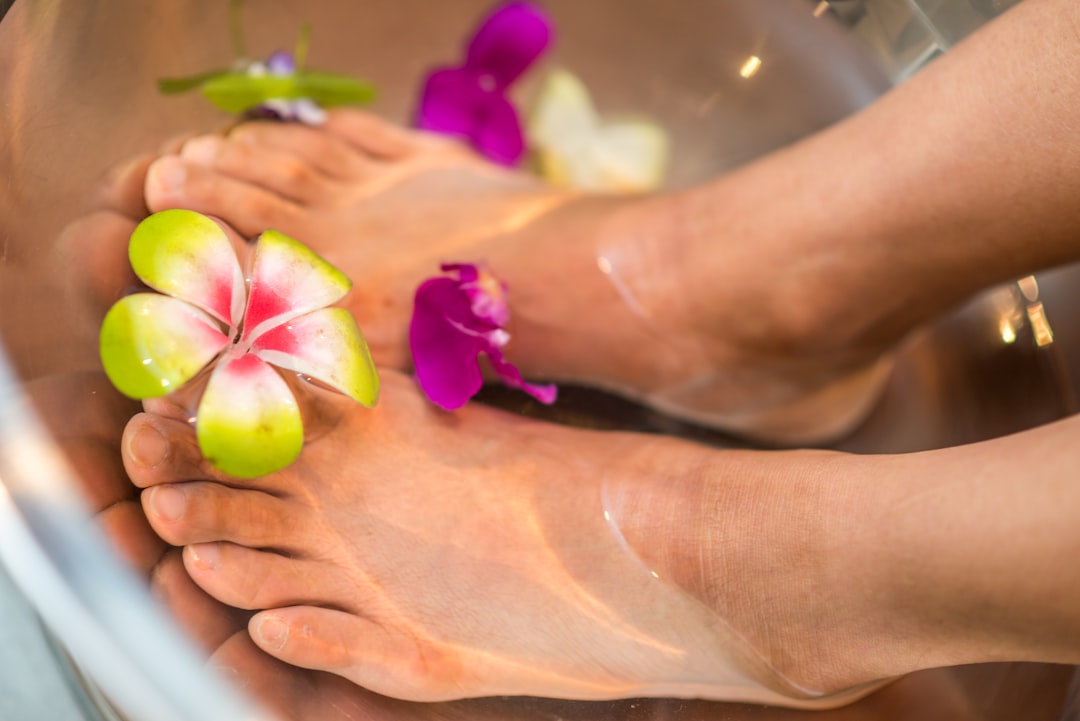

Despite its benefits, waxing also has drawbacks such as ingrown hairs and minor bleeding. Additionally, individuals with certain medical conditions or taking specific medications may be at higher risk for skin irritation or complications during waxing.
Preparing for your appointment
Stripless Wax: On the other hand, stripless wax, also known as hard wax, does not require any strips for removal. Get the best hard wax products from Wax Wax. Instead, this type of wax hardens after application and can be peeled off directly from the skin. Stripless wax is typically gentler on sensitive areas like the face and bikini area because it adheres only to the hair and not the skin.
Historical facts about waxing
What are the benefits of regular waxing compared to shaving or depilatory creams?
Aftercare Routine: It is important to follow a proper aftercare routine in order to avoid any potential skin problems. how to use hard wax beads This includes moisturizing the waxed area regularly, avoiding hot baths or showers for at least 24 hours, exfoliating gently after a few days, and wearing loose clothing to prevent irritation. By taking these simple steps, you can prolong the results of your waxing session and keep your skin looking smooth and healthy!
Waxing is a form of semi-permanent hair removal that involves applying a sticky substance, such as wax, to adhere to body hair and then removing this covering to pull out the hair from the follicle. New hair will not grow back in the waxed area for four to six weeks. body wax hair removal Waxing can be done on various parts of the body, including eyebrows, face, legs, arms, back, abdomen, chest, and feet. There are different types of waxing methods available, such as strip waxing (soft wax) and stripless wax (hard wax and film wax). While waxing is an effective method for removing hair in large amounts at once and provides long-lasting results compared to shaving or using depilatory creams, it can also be painful and expensive. Some people may experience ingrown hairs or skin irritation after waxing.
Exfoliating after waxing can help prevent ingrown hairs, keep the skin smooth, and prolong the results of the waxing session.
Overlooking the importance of selecting the appropriate wax based on your skin sensitivity and hair texture can result in painful outcomes (ouch!). Different types of waxes, such as hard wax, soft wax, and sugar wax, are designed for varying skin and hair types. Therefore, it is essential to do some research or seek professional advice before deciding on which type of wax to use for your at-home waxing session.
Not to be confused with Wax play or Waxwing .
2. How should one exfoliate before waxing?
Reduced risk of ingrown hairs: Waxing helps prevent ingrown hairs by removing hair from the follicle. This reduces the likelihood of hairs getting trapped beneath the surface of the skin and causing irritation or infection.
4. How can I care for my skin after a waxing session to reduce discomfort and prevent ingrown hairs?
[ edit ]
Prepare your skin before the waxing session

Hard waxes are known for their ability to grip and remove even the shortest hairs from the root ( and they are less painful than soft waxes. The consistency of hard waxes is thicker compared to soft waxes, making them ideal for smaller areas and sensitive skin. Hard waxes dry quickly upon application, allowing for easy removal without the need for cloth strips.
Waxing can be done on various parts of the body, including eyebrows, face, legs, arms, and intimate areas. It offers long-lasting results compared to shaving or depilatory creams because it removes hair from the root. However, some people may experience pain during waxing, especially in sensitive areas.
Strip waxing (soft wax) is accomplished by spreading a wax thinly over the skin. A cloth or paper strip is applied and pressed firmly, adhering the strip to the wax and the wax to the skin. wax hair removal gel The strip is then quickly ripped against the direction of hair growth, as parallel as possible to the skin to avoid trauma to the skin. This removes the wax along with the hair. There are different forms of strip waxing or soft waxing: heated, cold or pre-made strips. Unlike cold waxing,
Make sure they are experienced, use high-quality products, and have good hygiene practices.
There are several types of wax used for hair removal, including soft wax, hard wax, sugar wax, and cold wax strips.
Waxing is a form of semi-permanent hair removal that involves applying a sticky substance, such as wax, to the skin and pulling out the hair from the follicle. This method dates back to ancient civilizations, where various natural substances were used for hair removal.